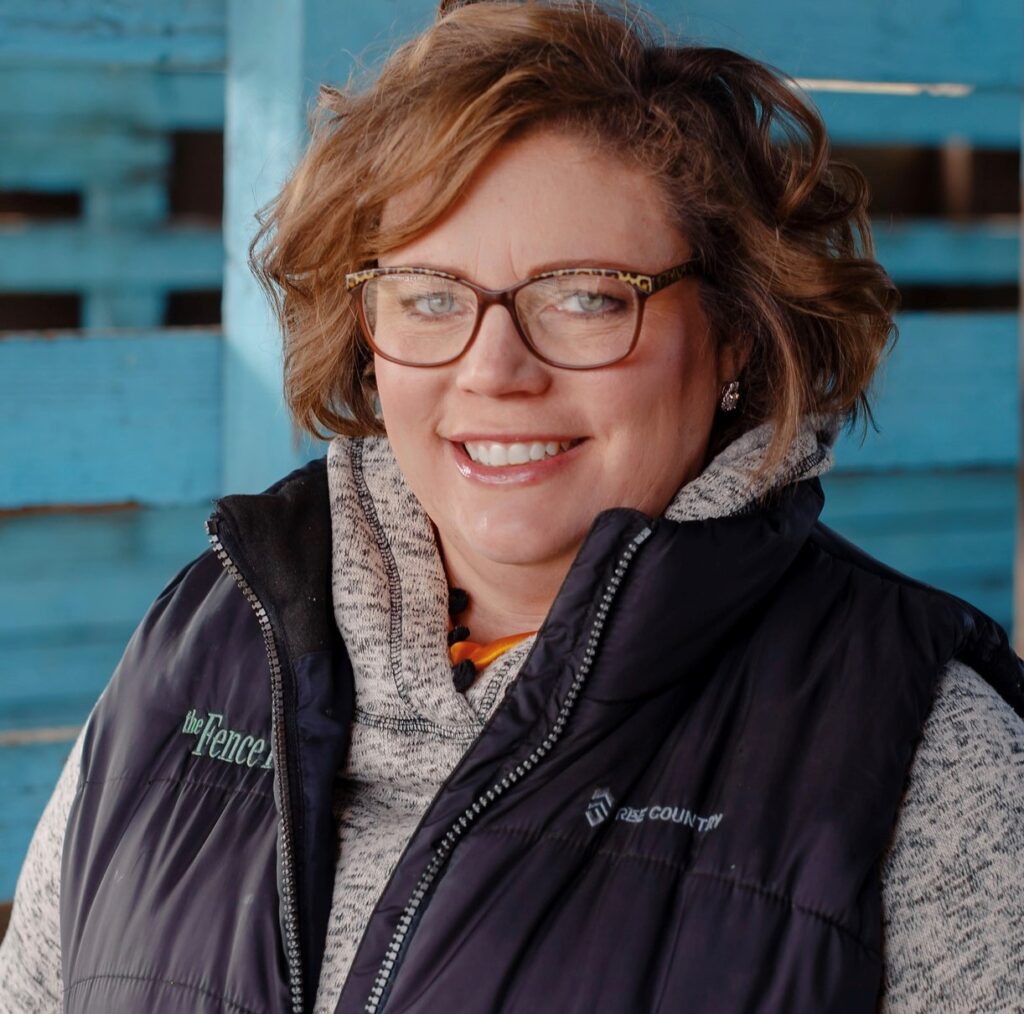Denver Gazette: Тime for truth in labeling on retail pot
The battle against Big Tobacco back in the 1990s included an effort to make cigarette manufacturers disclose the hidden chemicals they stashed in each pack of smokes. Public health officials were concerned the ingredients might have gone beyond taste enhancers and preservatives to include substances intended to make nicotine even more addictive – and that also may have contributed to smoking’s cancer-causing properties.
It turns out a generation later we are facing a very similar challenge in Big Marijuana. Its mass-marketed, wide-ranging, pot-infused products can include a lot more than meets they eye on their vague labeling.
As with tobacco, the hazards of marijuana’s main ingredient are of course already apparent. Its mind-and-mood-altering psychoactive ingredient, tetrahydrocannabinol (or THC), is in part responsible for a spike in mental health crises among Colorado youth as well as in traffic fatalities. And like tobacco, pot’s acrid, billowing secondhand smoke poses a health risk as well as an annoyance for bystanders.
But new research by the University of Colorado at Boulder reveals there’s a whole lot consumers don’t know about what’s inside the products at local pot shops. The research findings point to the need for truth in labeling by pot’s purveyors and for more regulatory oversight to ensure that happens.
The research represents the largest analysis to date of the chemical composition of marijuana products. It finds that commercial labels “do not consistently align with the observed chemical diversity” of the product.
“The cannabis industry is a multibillion-dollar one,” reads CU’s press announcement of the research, “but marketers only need to list a few things about the product and can name it what they want.” The press statement says the researchers behind the study are calling for “a labeling system similar to the ‘nutrition facts panel’ for food.”
“Our findings suggest that the prevailing labeling system is not an effective or safe way to provide information about these products,” says research co-author Brian Keegan, an assistant professor of information science at CU.
“It’s like if your cereal box only showed calories and fat and nothing else,” Keegan said. “We as consumers need to be pushing for more information. If we do that, the industry will respond.”
Although the industry is required to disclose the dosage of THC and CBD on pot packaging, there’s no requirement to include information about other compounds, CU notes, “including terpenes, which can influence not only the smell but also – via a hypothesized synergistic effect called the entourage effect- the way a product makes you feel.”
What Big Marijuana isn’t required to do, it won’t do – no matter how pressing the need for transparency and full disclosure to the public. But then, the legal pot industry – which not all that long ago was a criminal enterprise – is hardly an industry of virtue. It’s no more a “good corporate citizen” than was Big Tobacco.
It’s time for more stringent rules about what the pot business must reveal on its packaging. Legislation is in order when lawmakers convene in January.
The pot lobby carries a lot of clout at Colorado’s State Capitol and is likely to fight back. After all, disclosure and transparency don’t come naturally to a business accustomed to operating in the shadows.
But the industry must be held to a higher standard. It may try to peddle its products as playful and harmless, but pot is no box of Cracker Jack – and shouldn’t have any surprises inside.
Denver Gazette editorial board











